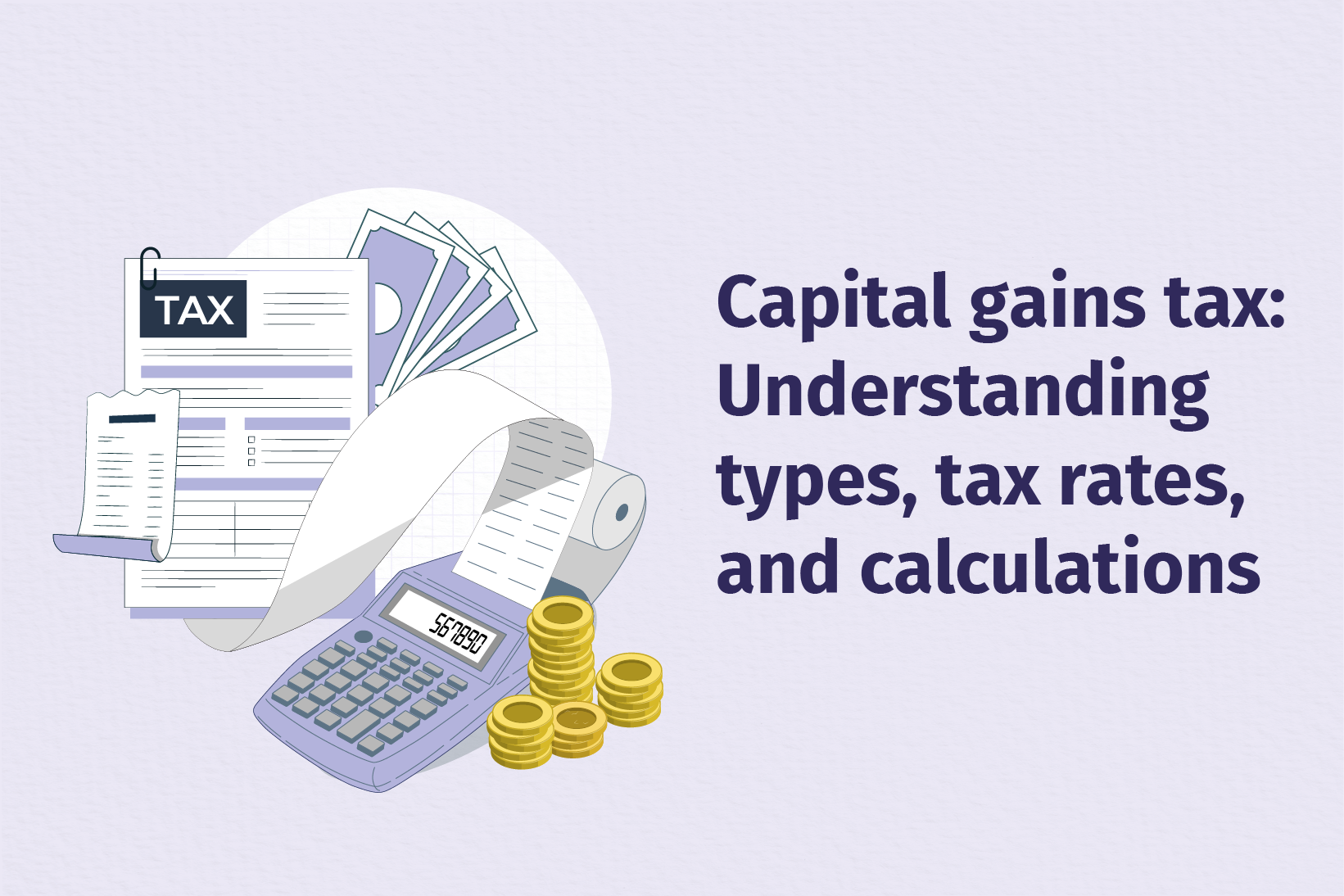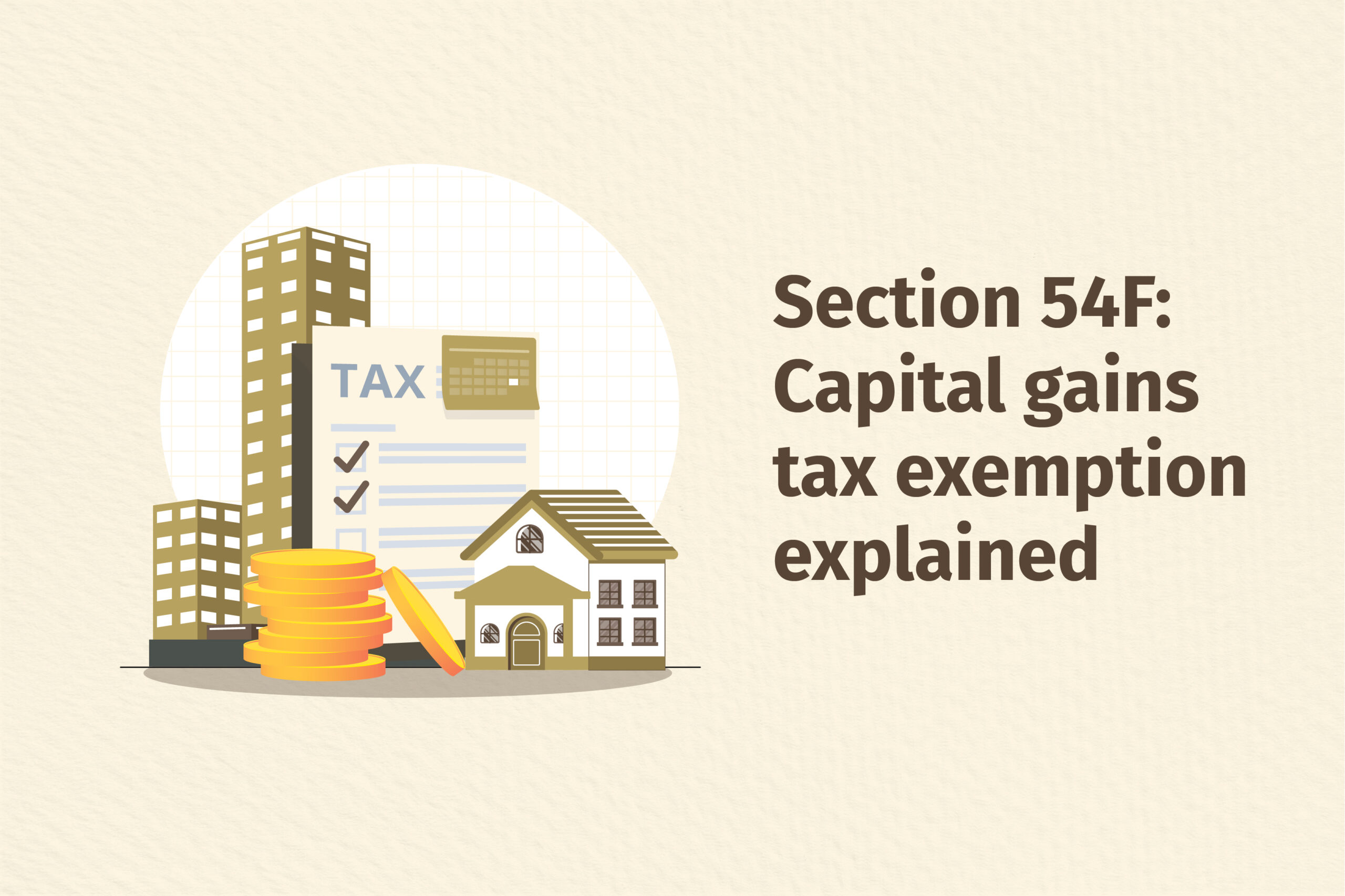Cryptocurrencies have gained popularity as a new form of digital asset due to their decentralised and borderless nature. While they provide investment opportunities, their volatility and limited regulation have led governments to introduce tax policies.
In India, the Union Budget 2022 introduced tax regulations for virtual digital assets (VDAs), including cryptocurrencies and NFTs. Knowing how these assets are taxed is important for compliance and effective financial planning.
What Are Cryptocurrencies?
Cryptocurrencies are digital assets designed for secure financial transactions without intermediaries like banks or regulatory bodies. They operate on blockchain technology, ensuring transparency and decentralisation. Some well-known cryptocurrencies include Bitcoin, Ethereum, Dogecoin, and Ripple.
India treats cryptocurrencies as virtual digital assets (VDAs) under tax laws, imposing a structured taxation system on their transactions.
What are Key Features of Tax on Crypto in India?
Flat 30% Tax on Gains
- All profits from selling cryptocurrencies are taxed at a flat rate of 30% under Section 115BBH.
- A 4% health and education cess is applied on top of this tax.
1% TDS on Transfers
- A 1% TDS (Tax Deducted at Source) applies on all crypto transactions exceeding:
- ₹50,000 per year for individuals/HUFs with business turnover up to ₹1 crore or professional receipts up to ₹50 lakh.
- ₹10,000 per year for other individuals.
- This ensures compliance and tracking of crypto transactions.
No Deductions Allowed
- Apart from the cost of acquisition, no deductions such as transaction fees, mining costs, or infrastructure expenses can be claimed.
Losses Cannot Be Set Off
- Losses from cryptocurrency transactions cannot be set off against income from other sources or even gains from different crypto assets.
Gifting Cryptocurrencies is Taxable
- Crypto received as a gift is taxable in the hands of the recipient unless:
- It is received from close relatives (as per Indian tax laws).
- It is given under specific exemptions (such as during marriage or inheritance).
Taxation on Different Crypto Transactions
| Transaction Type | Tax Rate | TDS Applicability |
|---|---|---|
| Selling Crypto for INR | 30% on gains | 1% TDS |
| Crypto-to-Crypto Trades | 30% on gains | 1% TDS |
| Mining Rewards | Taxed as income | No deduction for mining costs |
| Airdrops | 30% tax on value received | 30% tax on sale gains |
| Staking Rewards | Taxed as income | 30% on sale gains |
| Crypto Gifts | Taxable if value > ₹50,000 | Exempt in specific cases |
How to Calculate Tax on Crypto Gains?
Formula:
Taxable Gain = Sale Price – Purchase Price
Example 1: Profit on Bitcoin Sale
- Bitcoin purchase price: ₹60,000
- Bitcoin selling price: ₹80,000
- Gain: ₹20,000
- Tax at 30%: ₹6,000
Example 2: Loss on Ethereum Sale
- Ethereum purchase price: ₹40,000
- Ethereum selling price: ₹30,000
- Loss: ₹10,000
- Set-off allowed? No (losses cannot be adjusted against other income).
Maintaining accurate records is crucial, as losses cannot be carried forward or offset against profits from other assets.
Also Read : Crypto Tax in India
What are TDS Compliance on Crypto Transactions?
How TDS Works:
- For Indian exchanges: TDS is automatically deducted at the time of transaction.
- For P2P transactions & international exchanges: The buyer is responsible for deducting and depositing TDS and filing a TDS return manually.
Disclosure Requirements
- Companies in India must disclose cryptocurrency holdings in their financial statements.
- Individual taxpayers currently do not have a mandatory reporting requirement, but all crypto gains must be reported under Schedule VDA in the Income Tax Return (ITR).
Conclusion
Cryptocurrency taxation in India is strict, with high tax rates and no allowance for deductions or loss set-offs. It is essential for investors to:
- Understand the tax implications before trading or investing.
- Maintain detailed transaction records to ensure compliance.
- Use crypto tax calculators or consult professionals to avoid errors.
By planning early and staying compliant, investors can navigate India’s crypto tax landscape effectively while optimising their returns.







